A couple of weeks ago I was lucky enough to attend ‘Sustainable Brands Paris 2019’.
Many companies are already doing amazing things, yet I came away feeling there was so much opportunity for more people to do more.
These are my five big lessons:
1. Stop thinking about ‘consumers’
In certain industries, the concept of ownership has already been challenged – Spotify is challenging the concept of needing to own music, Netflix is doing the same with movies, Uber and Blablacar with owning cars.
But in many industries the concept of buying things, ‘consuming’ them, and then disposing of them remains largely unchallenged. But this may change as people demand solutions that are truly sustainable and not just ‘less bad’.
For example, Ikea are testing a furniture subscription model in response to a growing concern about the environmental cost of ‘disposable’ furniture. Under the scheme, items such as desks and sofas will be reused as many times as possible before finally being sent for recycling.
Terracycle (a global leader in recycling typically hard-to-recycle waste) are launching their Loop platform in launch Spring 2019 in conjunction with companies such as P&G and Unilever.
Traditionally, when you buy shampoo, you also have to buy a one-use plastic bottle (which you don’t really want to), the manufacturer has had to pay for the bottle (which they don’t really want to), and the bottle is bad for the environment.
The Loop platform allows people to consume products more responsibly by providing the products in refillable packaging which is collected, cleaned and then reused.
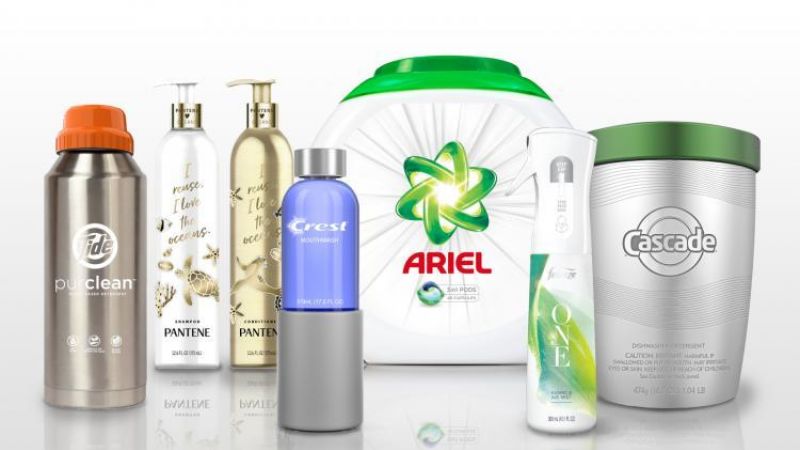
We should all stop thinking about ‘consumers’ (even though I’m still talking about them in this article!) and traditional consumption. Challenging existing business models can not only step change your impact, but also identify new opportunities for growth.
2. Change behaviour externally and internally
Everyone needs to look internally and ensure they are ‘less bad’ in terms of carbon footprint, plastic waste etc. But many stop there, and in doing so miss the biggest opportunity, which is looking externally and changing the behaviour of their consumers and customers
For example, P&G know that 70% of their carbon footprint is in use, so if they want to make a real difference, they need to tackle how people use their products. But most people don’t even know who P&G are, so P&G as a company have no right to try and change their behaviour.
But 5 billion people worldwide have P&G brands in their homes. They have a relationship with Ariel and with Pampers, so these brands do have the right and opportunity to change people’s behaviour.
That’s why as well as striving to make all its packaging recyclable by 2022 and to reduce 30% plastic packaging by 2025, Ariel has also been encouraging their consumers to wash at lower temperatures since 2006. And Pampers have reduced the average weight of their nappies (or diapers!) over the past 3 years and are also leading the efforts for recycling, committing to launch in 3 cities by 2021.
The opportunity now is for all of us to do more of this, to move beyond an internal corporate sustainability strategy and think about how we can increase our impact through our brands and the people that buy them.
3. Sustainability is a powerful driver of innovation, customer satisfaction and ultimately growth
The biggest barriers to companies being more sustainable are internal ones. Even with all the evidence to the contrary, many people still think that sustainability is at odds with innovation, customer satisfaction and ultimately growth.
In fact the opposite is true:
Done well, sustainability and purpose can provide a springboard for innovation and accelerate growth.
Adidas have just announced their ‘Loop’ trainer. This is a shoe with no glue and made of only one material which can be recycled into a new shoe. (Traditionally, recycling doesn’t allow you to make the same quality item again and again.) This is high performing, beautiful, innovation driven by sustainability.
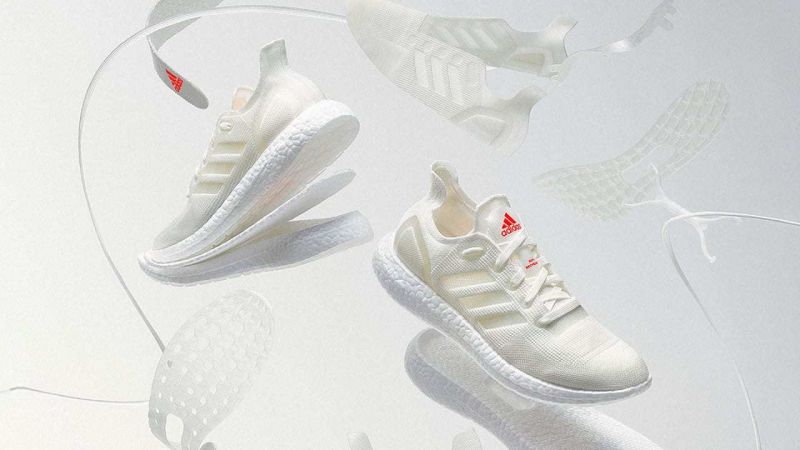
Terracycle’s Loop platform (mentioned earlier) isn’t just better for the planet but it also significantly improves the customer experience by enabling people to have beautiful packaging in their homes (it also happens to effectively lock people in to buying the same product repeatedly, driving loyalty).
4. One person with deep passion can move mountains
Often it just takes the passion of one individual to overcome the internal barriers that exist.
For example, the Terracycle and Febree recycling programme came about because a Febreze director saw one of his products (which couldn’t be recycled through normal channels) on an open landfill site.
In the case of Interface (a US carpet tile company), a customer challenged their founder, Ray Anderson, on the environmental impact of the products. He described this as a ‘spear in the chest moment’ which started the company on a journey to become a carbon neutral and then carbon positive.

In the opening session of Sustainable Brands Paris, Emmanuel Faber (CEO Danone) shared a personal story from 2007 when he was working for Danone in China looking for alternatives to plastic packaging.
He came across Ray Anderson and his mission to make a carbon neutral plastic carpet tile. Despite being in very different industries, Faber was inspired and began his own journey in sustainability.
5. Be uncomfortable and imperfect
Making yourself uncomfortable and doing something imperfect were themes that I heard again and again.
When Patagonia declared that they are ‘in business to save our home planet’ that made them feel very uncomfortable. But they are now actively involved in politics to help deliver this mission, endorsing US senators who align with their values and openly criticising the presidential administration on tax cut and public land policies.
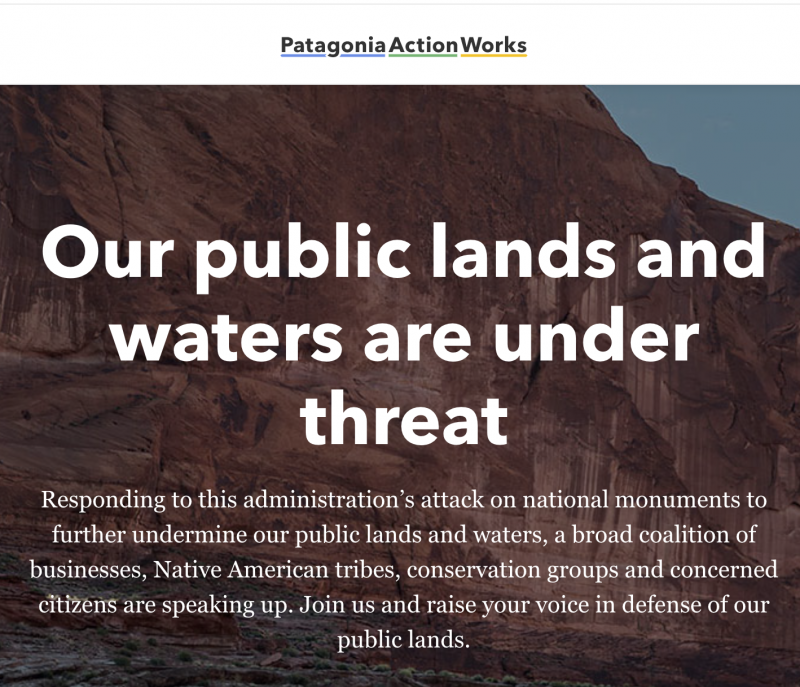
When Interface said that they would go beyond being carbon neutral to helping reverse climate change they didn’t know how they would do that. But they now sell a carbon positive carpet tile.
By making big commitments, these companies are pushing themselves to find a way. They are pushing the boundaries to do something bold, new and different to make a bigger impact.
Many of the speakers at Sustainable Brands Paris also talked about the need to do things that are imperfect. The fear of negative publicity means companies can be tempted to wait until they have the perfect solution before they do anything, but too often this means doing nothing.
If you are consistent and authentic then its ok to also be vulnerable and say to people ‘we’re not perfect, we’re not there yet, but we are working really hard to make progress’.
Adidas have announced their Loop shoe (mentioned earlier) before they know how to get to one-to-one circulatory (one shoe being made into one whole new shoe). They hope that by going public they will inspire industry partners to innovate to help them find the solution faster.
I’d love to know which of these lessons really resonates with you so please let me know, get in touch - claire.price@oxfordsm.com.
Share this
You May Also Like
These Related Stories
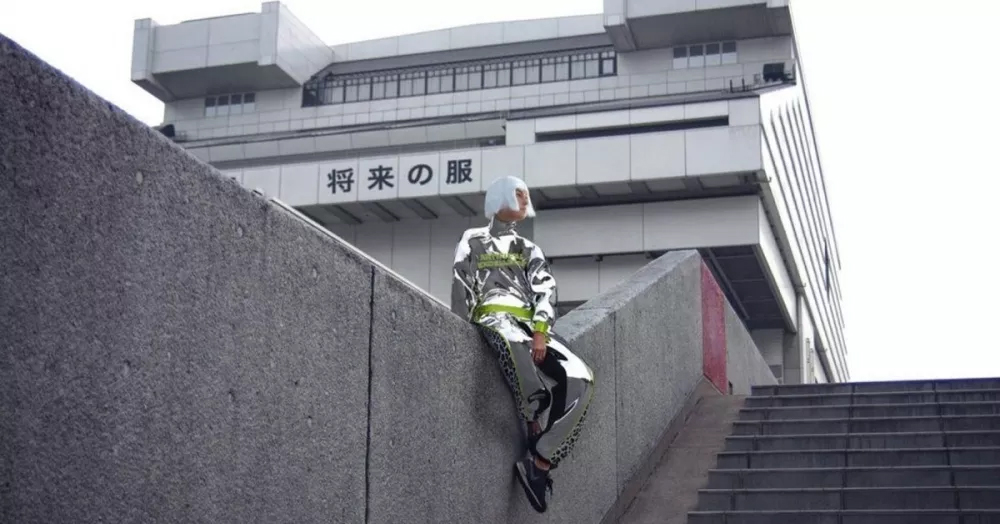
My three big lessons about brand purpose from Most Contagious 2019
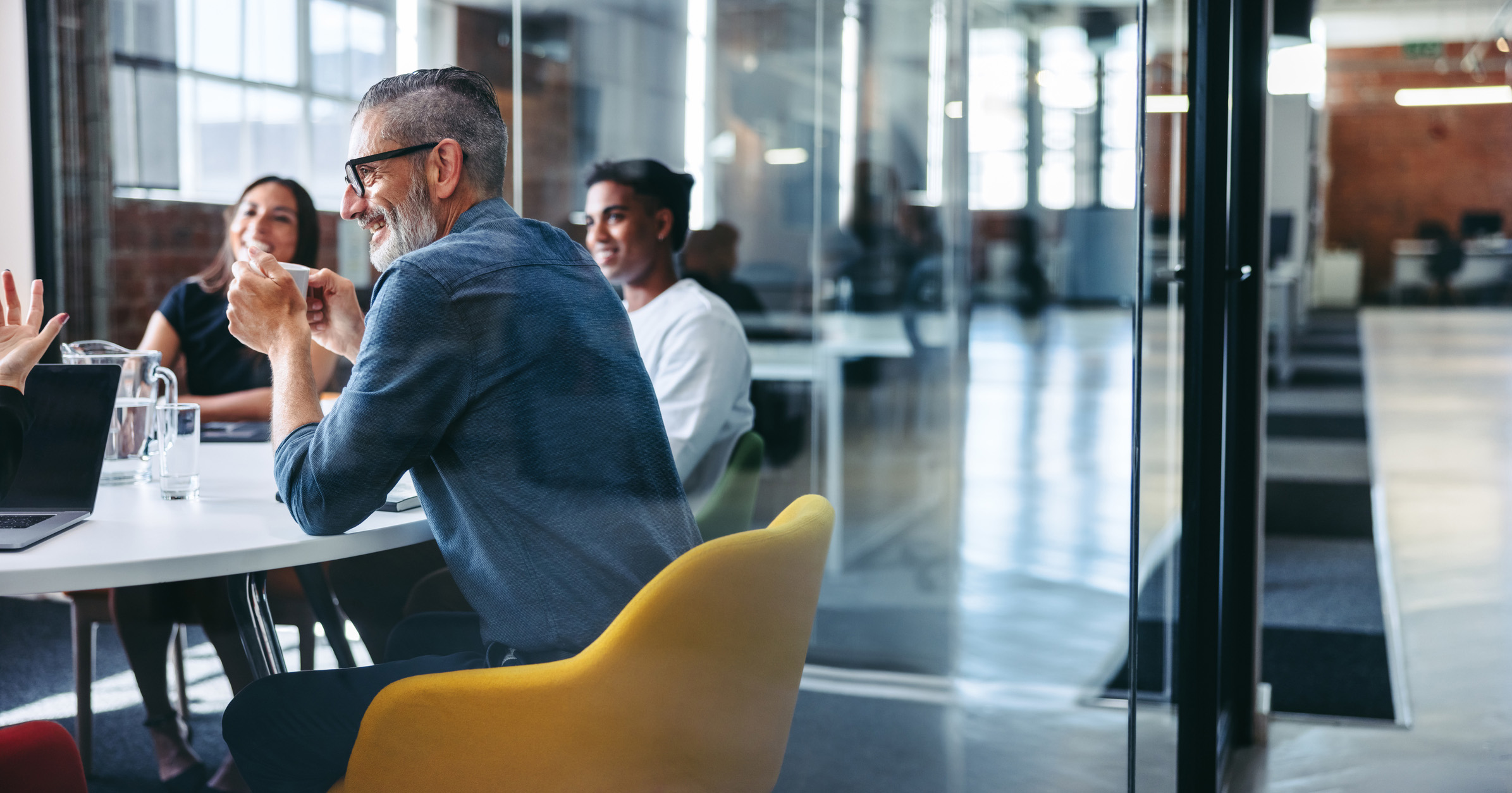
Using growth to bridge the age-old sales and marketing divide
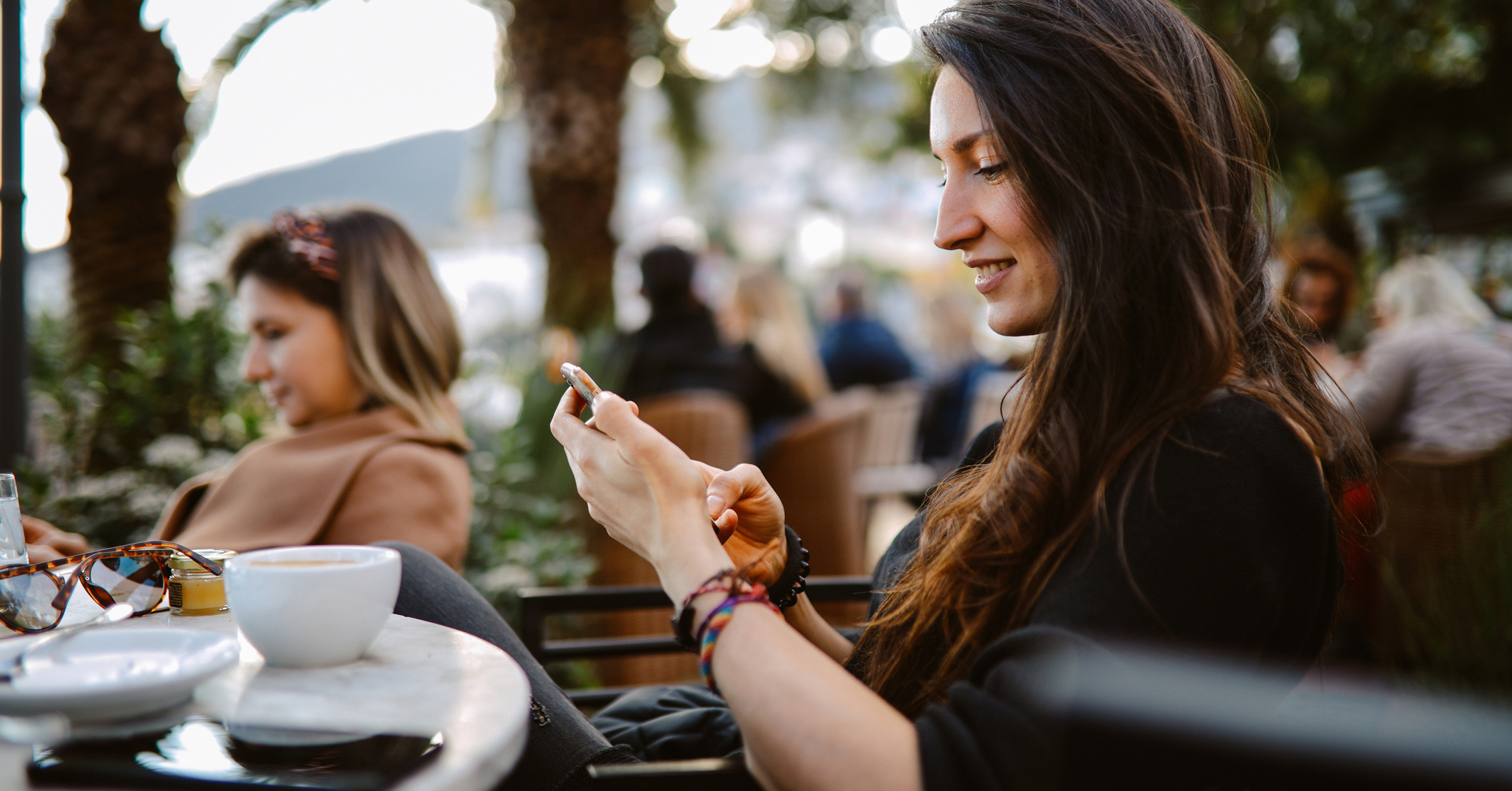
.png?width=657&height=57&name=OXFORD%20LOGO%20(1).png)
No Comments Yet
Let us know what you think